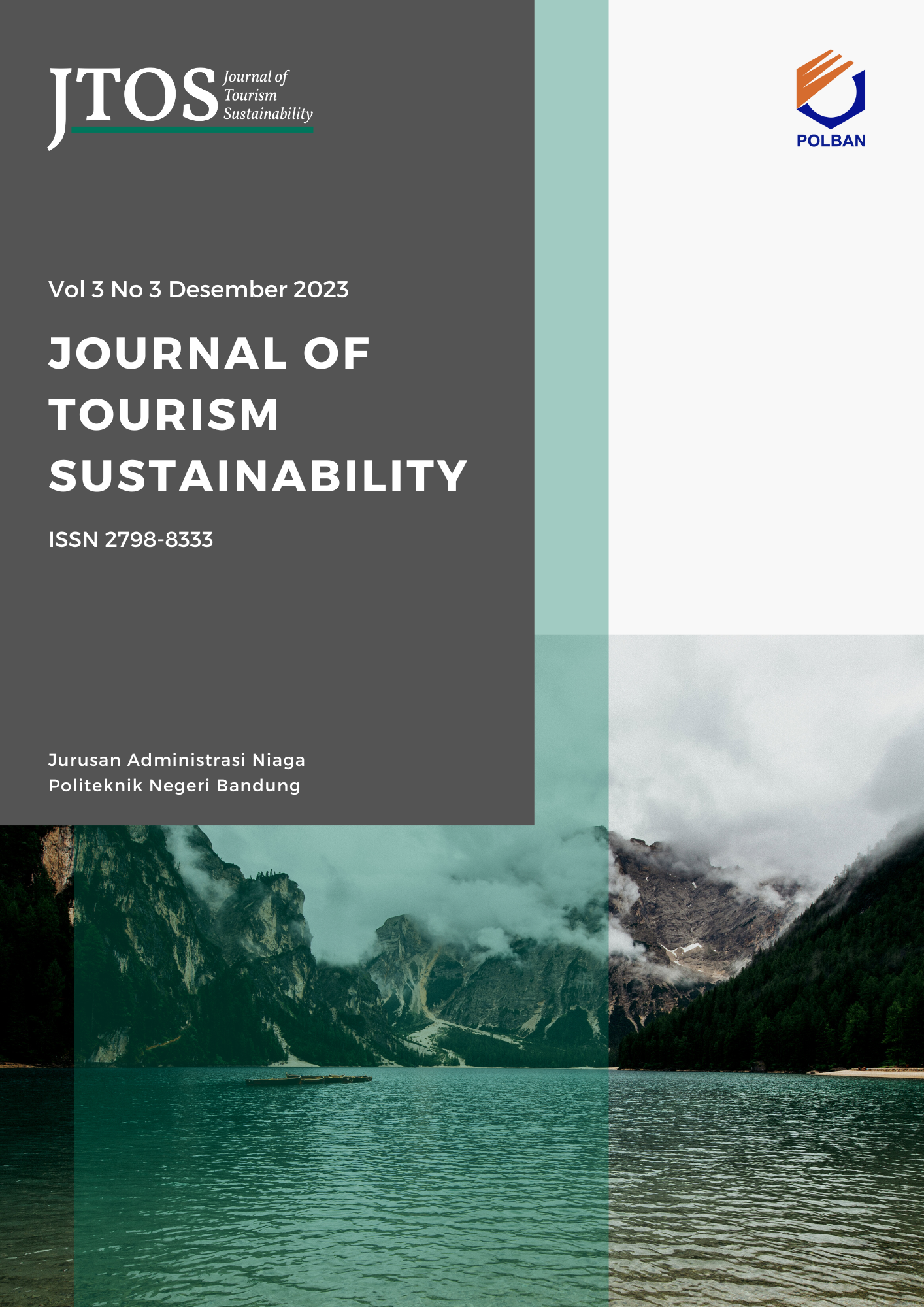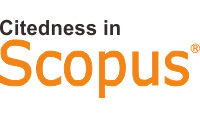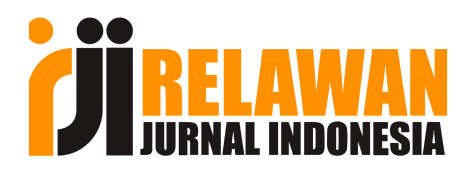Language in Tourism: Linguistic Landscape Analysis of Candi Jiwa Museum Collections
DOI:
https://doi.org/10.35313/jtospolban.v5i4.165Keywords:
semantic field theory, material culture, museum pedagogy, cultural heritage interpretation, youth engagementAbstract
Heritage studies often struggle to move beyond descriptive cataloguing toward interpretive frameworks that reveal how artifacts encode cultural meaning. This study applies semantic field theory—originally developed for linguistics—to the collections of the Candi Jiwa Museum in West Java, Indonesia. Through qualitative analysis of artifacts and contextual materials, nine semantic domains were identified, including funerary ritual, architectural symbolism, environmental adaptation, domestic–sacred convergence, and symbolic economy. These findings demonstrate that artifacts function not as inert remnants but as interconnected semiotic systems that sustain continuity, cosmology, and identity values. The study advances two key contributions. Theoretically, it extends semantic field analysis into material culture, showing how objects can be decoded as networks of meaning without reducing their contextual richness. Practically, it repositions museums as pedagogical mediators that engage youth through interpretive dialogue rather than passive display. The results challenge conventional heritage discourse that privileges the authenticity of objects, arguing instead for preservation of semiotic systems as the true foundation of cultural sustainability.
References
Ågren, Y., & Aarsand, P. (2024). Young People's Digital Drawing Practices as Cultural Heritage. International Journal of Cultural Studies, 27(5), 694–715. https://doi.org/10.1177/13678779241248843
Ariffin, J. T., Zubir, Z., & Yasim, A. M. (2023). Malaysian Perspective on Korean Dramas. International Journal of Academic Research in Business and Social Sciences, 13(9). https://doi.org/10.6007/ijarbss/v13-i9/17601
Cayas, M. C., Lacia, R. L. D., & Abendaño, M. D. O. (2024). Classroom Cultural Diversity Climate and Students' Intention to Engage in Cultural Events: A Parallel Multiple Mediation Analysis of Attitude to Multiculturality at School and Cultural Competence as Groundwork for Culture and the Arts Confluence Program. European Journal of Theoretical and Applied Sciences, 2(5), 364–377. https://doi.org/10.59324/ejtas.2024.2(5).38
Chen, J. (2024). Factors Affecting Cultural Transmission in Museum Tourism: An Empirical Study With Mediation Analysis. Sage Open, 14(3). https://doi.org/10.1177/21582440241273868
Chen, W., & Woramitmaitree, N. (2024). Vocal Techniques Literacy in Huai Opera for School-Based Education in Shanghai Municipality, China. International Journal of Education and Literacy Studies, 12(1), 252–259. https://doi.org/10.7575/aiac.ijels.v.12n.1p.252
Dabamona, J., & Dabamona, S. A. (2023). An Exploration of Participants' Views and Experiences of Cultural Museums and Their Challenges. Gelar Jurnal Seni Budaya, 21(2), 141–151. https://doi.org/10.33153/glr.v21i2.4686
Dhamo, E., & Canaj, J. (2024). Albanian Civil Society and Its Impact on Cultural Heritage Values on the Country's Development. Journal of Educational and Social Research, 14(4), 106. https://doi.org/10.36941/jesr-2024-0089
Ermatita, E., Puspasari, S., & Zulkardi, Z. (2023). Improving Student's Cognitive Performance During the Pandemic Through a Machine Learning-Based Virtual Museum. Tem Journal, 948–955. https://doi.org/10.18421/tem122-41
Fibiona, I. I., Ariwibowo, G., Sumarno, S., Mumfangati, T., Nurwanti, Y., & Dwinanto, A. (2024). Heritage in Motion: Safeguarding the Cultural Legacy of Wayang Kulit Kedu, Indonesia. Trames Journal of the Humanities and Social Sciences, 28(2), 189–208. https://doi.org/10.3176/tr.2024.2.06
Firmansyah, H., Firmansyah, A., Anasi, P. T., Adlika, N. M., Barella, Y., Karolina, V., & Aminuyati. (2023). Museum Artifact Conservation Training for Social Science Educators and Students in Pontianak. Abdimas Jurnal Pengabdian Masyarakat, 6(4), 4578–4587. https://doi.org/10.35568/abdimas.v6i4.3940
Flewitt, R., Bangpan, M., Manyukhina, Y., & Wyse, D. (2023). Young Children's Engagement With Objects in Science Museums: A Rapid Evidence Assessment of Research. Curator the Museum Journal, 66(1), 129–148. https://doi.org/10.1111/cura.12540
García, D. C., Reche, M. P. C., & Hernández, M. de la E. C. (2023). Maximizing Engagement With Cultural Heritage Through Video Games. Sustainability, 15(3), 2350. https://doi.org/10.3390/su15032350
García, D. C., Reche, M. P. C., Hernández, M. de la E. C., & Lorenzo-Martín, M. E. (2024). Digital Game-Based Heritage Education: Analyzing the Potential of Heritage-Based Video Games. Education Sciences, 14(4), 396. https://doi.org/10.3390/educsci14040396
González-Herrera, A. I., Díaz-Herrera, A. B., Hernández-Dionis, P., & Pérez‐Jorge, D. (2023). Educational and Accessible Museums and Cultural Spaces. Humanities and Social Sciences Communications, 10(1). https://doi.org/10.1057/s41599-023-01563-8
Huang, Z. (2023). Evaluation of the Application of Multimedia Technology in Digital Museums. Frontiers in Educational Research, 6(20). https://doi.org/10.25236/fer.2023.062005
İşlek, D. (2023). The Future of Accessible Museums: Qualitative Analysis on Educational Practices. Revista Romaneasca Pentru Educatie Multidimensionala, 15(1), 83–106. https://doi.org/10.18662/rrem/15.1/687
Ivanov, R. (2023). ExhibitXplorer: Enabling Personalized Content Delivery in Museums Using Contextual Geofencing and Artificial Intelligence. Isprs International Journal of Geo-Information, 12(10), 434. https://doi.org/10.3390/ijgi12100434
Madhukullya, S., Baruah, M., Mahanta, A., & Hazarika, A. (2024). Harnessing the Impact of Artificial Intelligence in the Preservation and Transformation of Folklore Knowledge Among the Cosmopolitan City Guwahati (Assam), India. J. Tr., Chal. Art. Intell., 1(2), 69–74. https://doi.org/10.61552/jai.2024.02.004
Meyer, T., & Clark‐Gareca, B. (2023). VTS: From the Museum Into the ENL Classroom. Babylonia Journal of Language Education, 3, 64–70. https://doi.org/10.55393/babylonia.v3i.286
Mo, H. J., Aris, A., & Xiao, Y. (2024). Digital Display and Storytelling: Creating an Immersive Experience of Lingnan Costume Cultural Heritage Tourism Project. Iop Conference Series Earth and Environmental Science, 1366(1), 12047. https://doi.org/10.1088/1755-1315/1366/1/012047
Nam, N. T., & Thanh, N. N. (2024). Examining Economic Incentives and Youth Engagement in Cultural Heritage Conservation for Tourism and Sustainable Development: A Case Study of Cultural Provinces in Vietnam. Asian Development Policy Review, 12(2), 177–193. https://doi.org/10.55493/5008.v12i2.5080
Noviana, E., Plank, U., & Wand, E. (2024). Museum Maya Indonesia: An Immersive Museum Prototype for Cultural Education. SHS Web of Conferences, 189, 1021. https://doi.org/10.1051/shsconf/202418901021
Phan, N. L., Le, P. H., & Tran, H. V. V. (2024). Digitizing Heritage : Evaluating the Effectiveness of the Photoscan Method in Artifact Preservation at Lam Dong Museum, Vietnam. International Journal of Scientific Research in Civil Engineering, 8(4), 91–101. https://doi.org/10.32628/ijsrce248410
Rosyid, D. M., & Rosyid, S. (2024). Empowering Adolescents Through Hands-on Wooden Boatbuilding Training: Adapting Javanese Wooden Boat Design and Construction for a Teenage-Friendly Training Experience. Imdc. https://doi.org/10.59490/imdc.2024.855
Steriopoulos, E., Khoo‐Lattimore, C., Wong, H. Y., Hall, J., & Steel, M. (2023). Heritage Tourism Brand Experiences: The Influence of Emotions and Emotional Engagement. Journal of Vacation Marketing, 30(3), 489–504. https://doi.org/10.1177/13567667231152930
Sun, R. (2023). Neglect of Translation in Museums: A Case Study of the Ulster Museum. Translogos Translation Studies Journal, 6/2(6/2), 67–84. https://doi.org/10.29228/translogos.60
Wang, J., & Dolah, J. (2024). Enhancing Cognitive Learning: The Role of Map Exhibits in Museum Education. International Journal of Academic Research in Business and Social Sciences, 14(2). https://doi.org/10.6007/ijarbss/v14-i2/20631
Wang, S., & Boonsrianun, P. (2023). Guidelines for Promoting Literacy Transmission and Education of Rongshui Han Folk Songs in Guangxi Zhuang Autonomous Region, China. International Journal of Education and Literacy Studies, 11(4), 122–130. https://doi.org/10.7575/aiac.ijels.v.11n.4p.122
Wei, M. (2024). From Artifacts to Interactivity: Optimizing Museum Outreach Through Technology and Inclusivity. Sci. Technol. Soc. Dev. Proc. Ser., 2, 194–202. https://doi.org/10.70088/9erm5774
Winto, W., Abrar, A., & Umasih, U. (2023). Utilization of the Rumah Budaya Museum as a Source for Learning History in Banda Naira. Edutec Journal of Education and Technology, 7(1), 180–192. https://doi.org/10.29062/edu.v7i1.740
Wünsch-Nagy, N. (2024). Teaching Multimodality in the Museum Through Embodied Experiences. Multimodality & Society, 4(3), 348–353. https://doi.org/10.1177/26349795241262776
Yang, H., & Guo, L. B. (2023). Evolution of Exhibition Space Strategies in Smart Museums: A Historical Transition From Traditional to Digital. Herança, 7(1), 1–11. https://doi.org/10.52152/heranca.v7i1.851
Downloads
Published
Issue
Section
License
Copyright (c) 2025 Roni Nugraha Syafroni, Rizki Teja Pratama, Rosalinda Rosalinda

This work is licensed under a Creative Commons Attribution-NonCommercial-ShareAlike 4.0 International License.



.png)

















